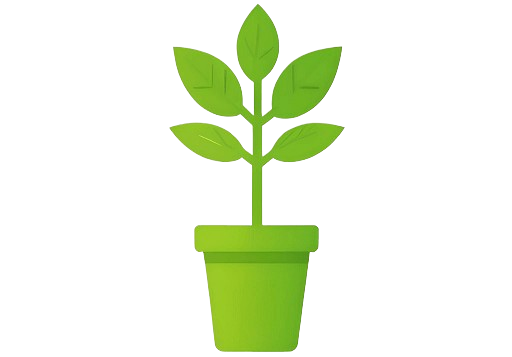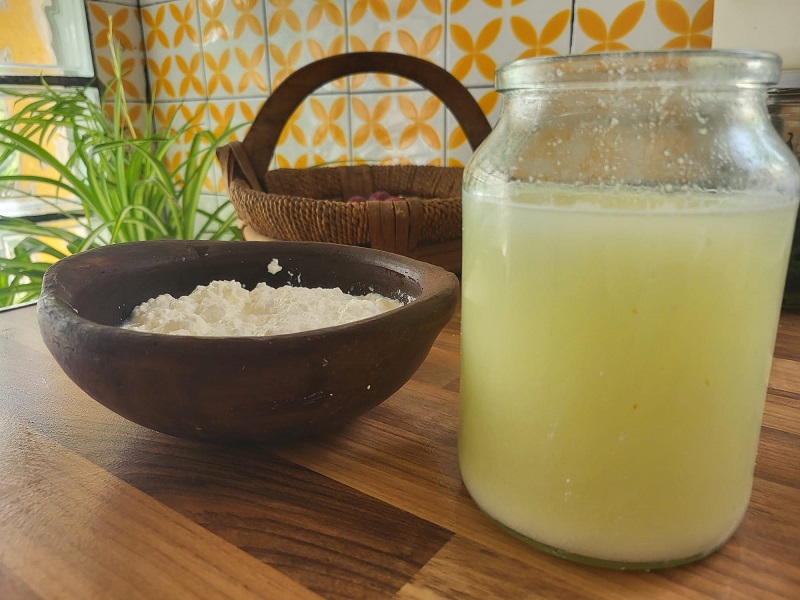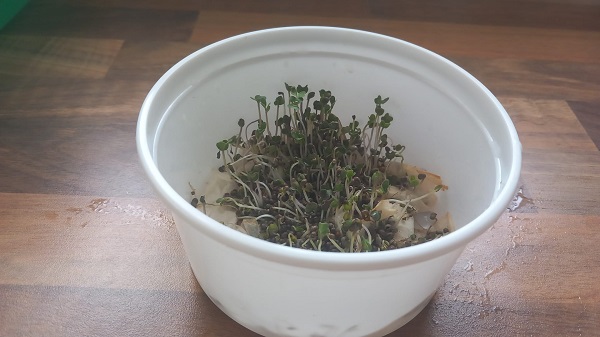June marks the official start of summer, a month with rising temperatures, many hours of sunshine and perfect conditions to get the most out of your garden. It is a key time to plant short-cycle vegetables, heat-loving aromatics and flowers that will attract beneficial pollinators. It is also a good time to plan for the upcoming late summer and early fall harvests.
Whether you have a small urban garden or a larger plot of land, knowing what to plant in June will help you make the most of every corner in an efficient and natural way. If you’re wondering what to plant this month, here’s a simple, straightforward guide to plan your planting and keep growing sustainably.
What to sow directly in the garden during the month of June
Planting directly in the ground is an excellent option during this month, as the warm temperatures and increased solar radiation create a perfect environment for rapid seed germination and good growth. June is the ideal time to opt for species that thrive in these circumstances and make the most of the summer energy. Of course, we must prepare the soil well, making sure that our plants have good drainage and a good frequency of irrigation to avoid stress on them.
Here are some of what we consider to be the best options for this time of the year:
Zucchini

Zucchini is an excellent choice for sowing in June because the high temperatures of this month help it to germinate quickly.
In addition, it is a very productive plant that with some very basic care can give us fruits for several weeks. Ideal for those looking for early results and enjoy a continuous harvest.
Care

Frequent and regular watering but without puddling. Keep soil moist especially in hot climates.

Direct sun, at least 6h/day. Provide shade during the hottest hours of the day to avoid stressing the plant.

Dripper / Careful manual irrigation.

Easy to grow, ideal for beginners.

It does not tolerate temperatures below 10ºC or above 38ºC, ideally between 21ºC and 35ºC.

By means of seeds.
Basil
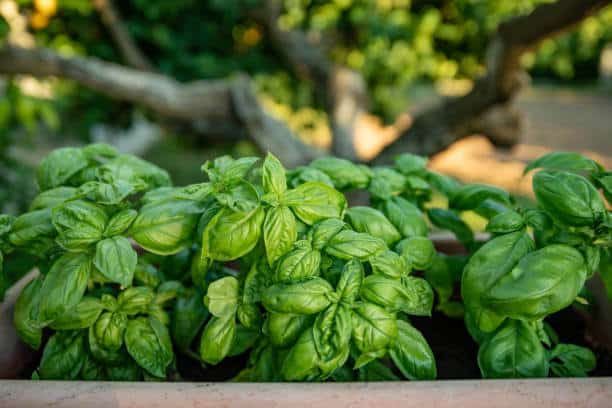
Basil is a very grateful plant when it comes to planting at this time, as it loves the heat and grows quickly when it has enough sun, so it is another of our recommendations for the month of June.
Intensely aromatic and very versatile in the kitchen, it is a perfect crop to accompany other vegetables such as tomatoes, as it protects them against pests and improves their flavor.
In addition, you can plant it in gardens, terraces or pots in sunny windows.
Care

Frequent and regular watering but without puddling. Keep soil moist especially in hot climates.

Direct sun at least 6 h/day. It can also thrive in light semi-shade, although with less aromatic intensity.

Dripper / Careful manual irrigation.

Easy to grow, ideal for beginners.

Ideal between 18 °C and 28 °C. It does not tolerate temperatures below 10 °C or above 30 °C for long periods.

By means of seeds.
Green Beans

Green beans are one of the star legumes of this season, as they develop perfectly in the conditions offered by the climate.
You can opt for both climbing varieties and low bushes, as both are very productive, easy to care for and allow staggered harvests throughout the summer.
They also help to improve soil fertility by fixing nitrogen in the roots, which benefits subsequent crops.
Care

Regular, without waterlogging. Maintain constant humidity during flowering and pod development.

Direct sun at least 6-8h/day. If they are grown in pots we must provide shade during the hottest hours of the day, in this way we will avoid stressing the plant.

Dripper / Careful manual irrigation, taking care not to wet the leaves to avoid fungal diseases.

Easy to grow, ideal for beginners.

Ideal between 18 °C and 26 °C. It does not tolerate temperatures below 10 °C or above 30 °C for long periods.

By means of seeds.
What to plant in seedlings during the month of June
Although the summer heat allows many species to be planted directly in the garden, other plants appreciate starting their development in a more controlled environment such as the seedbed, which allows us to protect the seedlings from excessive sun, irregular watering and possible pests, giving them a stronger start.
June is a strategic month to start crops that can be transplanted to the garden or larger pots in the following month, and harvested in late summer or autumn. We only need a loose and fertile substrate, regular watering and some partial shade during the hottest hours of the day.
Three excellent choices for seedlings this month are:
Broccoli
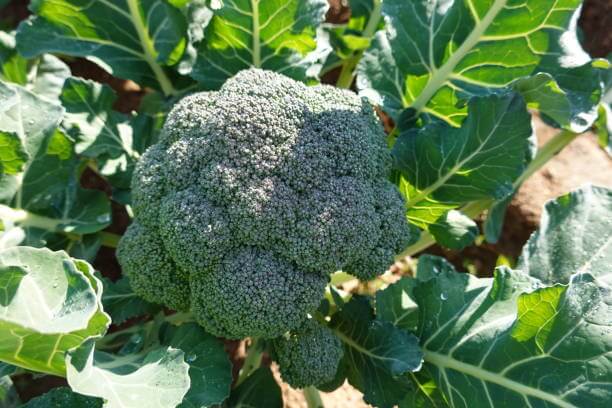
Although broccoli is usually associated with autumn, planting it in seedlings during June is an excellent strategy that allows us to protect the seedlings from excessive heat and facilitate a more robust and healthy growth before transplanting.
In addition, by planting now you can avoid the most intense attacks of caterpillars and aphids, which tend to be more aggressive in late summer.
Just be sure to keep the seedlings in a well-ventilated place, with some shade and frequent watering to prevent the substrate from drying out, and once the plants have 4 to 6 true leaves and a strong stem, they are ready for transplanting.
Care

Frequent watering, keeping the substrate always moist but not waterlogged. Avoid letting it dry out between waterings to promote uniform germination.

Bright location, but protected from intense direct sun. Ideal with filtered natural light or light semi-shade to avoid heat stress.

Hand watering with a fine sprayer or watering can. Avoid over-wetting the substrate and young leaves to prevent diseases.

Medium difficulty cultivation. It requires some attention in seedbed, but it is very grateful if it is kept well hydrated and ventilated.

Optimum temperature between 18 °C and 24 °C. It does not germinate well above 26 °C and suffers if it drops below 12 °C. It can be kept indoors if there are heat waves.

By means of seeds. Bury superficially and keep in a humid environment until germination. Germinates in about 5-10 days.
Lettuce

Lettuce is one of the most grateful vegetables to start growing, and although it can be sown directly in the garden, in June it is preferable to start it in seedbed to protect it from the high temperatures that hinder germination.
This plant prefers temperate climates and always cool soil, so planting it in a seedbed will allow you to better control the conditions and promote healthy growth from the beginning.

Frequent and light watering. The substrate should be kept constantly moist, without puddling.

Indirect light or semi-shade. Although it needs good lighting to germinate, strong direct sun can stress seedlings.

Gentle hand watering or spraying. It is essential to avoid excess water on the leaves to prevent rotting.

Very easy to grow, ideal for beginners.

Germinates between 15 °C and 22 °C. Tolerates up to 26 °C in shade, but higher temperatures may cause it to flower prematurely.

By means of seeds. Cover lightly and keep moist. Germinate in 4-8 days.
Celery

Celery is a long-cycle vegetable that greatly appreciates careful planning from the start. Therefore, June is an excellent time to sow it in seedbeds, when temperatures are milder and more stable.
Sowing it in seedbeds allows to maintain a stricter control over humidity and temperature during germination, since its seeds are small and somewhat delicate.

Light and frequent watering to keep the substrate always moist without puddling. The seeds should never dry out during germination.

Indirect sunlight or semi-shade. In seedbed, better to protect it from direct sun in the hottest hours. Ideal with filtered light or in a greenhouse.

Manual watering with a sprayer or by means of a lower watering tray to avoid stirring the seeds.

Medium difficulty cultivation, requires some patience in germination and some attention in transplanting.

Ideal between 16 °C and 24 °C. It does not germinate well above 30 °C and below 10 °C. Can take up to 20 days to sprout.

By means of seeds. Cover lightly or barely cover, as they need some light to germinate.
Here is a list where you can buy all the seeds of these plants that we recommend for the month of June:
🌱 Zucchini Seeds
Grow fresh and tasty zucchini at home. Easy to plant, productive and perfect for spring and summer gardens.
👉 View on Amazon🍃 Basil seeds
Grow fresh basil, easy to plant and care for. Ideal to accompany your dishes and attract pollinators to the garden.
👉 View on Amazon🫛 Green Bean Seeds
Grow tender and tasty beans at home. Easy to plant, ideal for continuous, nutrient-rich harvests.
👉 View on Amazon🥦 Broccoli Seeds
Grow broccoli fresh and full of properties. Perfect for a healthy diet.
👉 View on Amazon🥬 Lettuce Seeds
Grow fresh, tender lettuces. Easy to sow, fast growing and perfect for urban or container gardens.
👉 View on Amazon🌱 Celery Seeds
It grows fresh, aromatic and full of properties celery. Ideal for cooking or making broths.
👉 View on Amazon